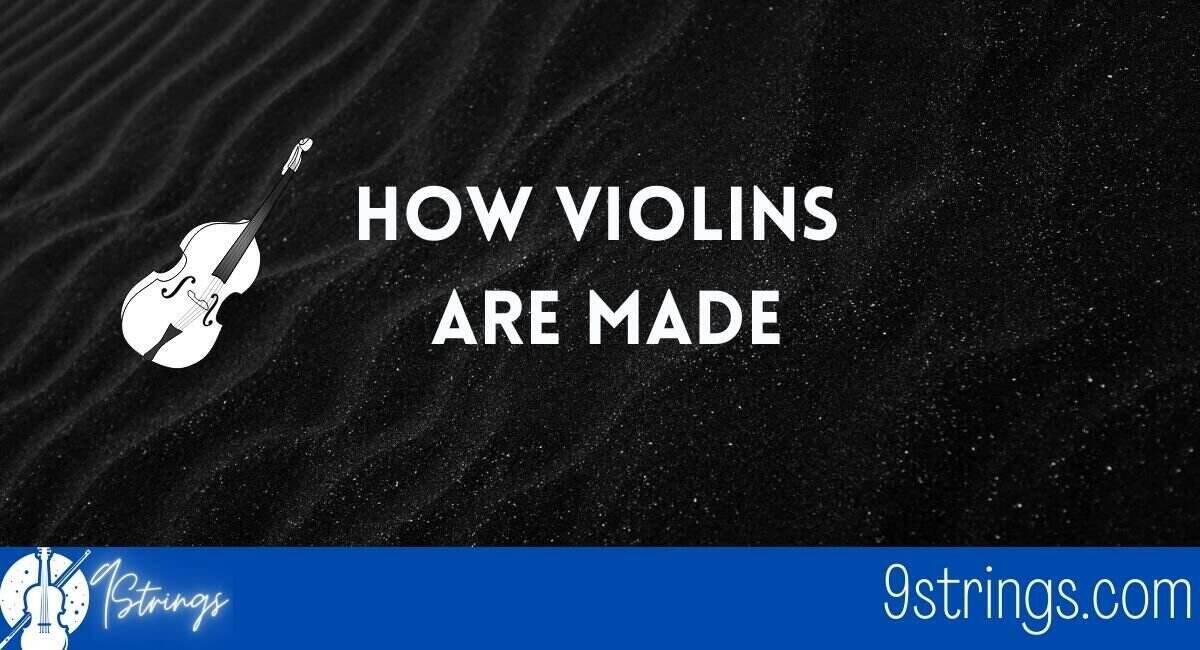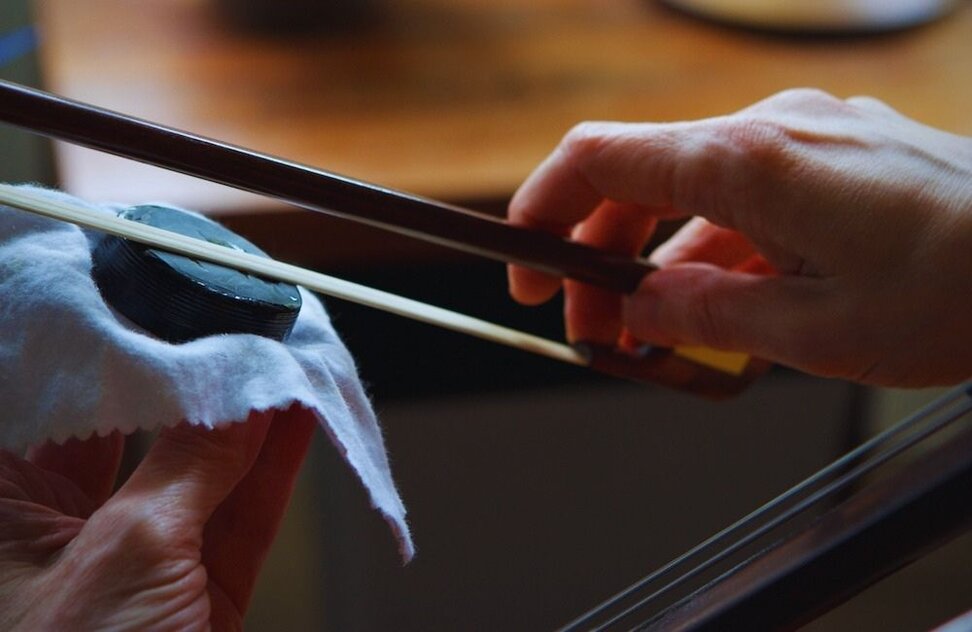The first maker of both the string instruments the ‘Viola’ and the ‘Violin was Andrea Amati from the 16th century. The origin of violin culture began with the practice of classical music with string instruments. That Culture gave birth to a whole new genre of music outclassing all other existing music genres with a new family of instruments consisting of the Violin, the Viola, the Double Bass, and the Cello. The family got bigger on modification in size, shape, and models. Even after that, the 16th century’s ‘Fiddle’ remains the head of the family with the four violin types distinguishing from each other.
Viola and violin both are played with a bow with a kind of similar posture of putting the instrument below the chin. But the fact is obvious that even the ‘Violin’ and the ‘Viola’ are from the same string instrument family and quite a lot similar to each other, are not same which created a different sub-branch of their own in the family. Both of them are equally unique from each other with their own distinct characteristics.
Viola vs Violin: Differences Between Viola and Violin

Origin
In Northern Italy, viola emerged as the original stringed instrument in the middle of the 15th century which was called then as ‘Viols’ or in Italian ‘Viola da gamba’. Later it paved a way for another large-sized major stringed family instrument ‘Cellos’ played in between the legs instead of keeping it in the lower chin. Even though some references gave the conclusion that viola was first and just after a few decades violin originated, there is no exact information. The argument continues on which one to come first but the most preferred idea is, while the Western Europe was submerged with magic of The ‘Viola’ made by Gaspare da Salo of the Brescia region and Andrea Amati of the Cremona region, just when the the 16th century is about to end, Andrea Amati came up with another stringed instrument named the ‘Violin’.
Both the cousins from the same stringed family continued their journey from Italy and spread to the whole Europe within a short time. The oldest violin named ‘Charles IX’ is still in existence at the Metropolitan Museum of Art made by Adrea Amati.
The Size
Size is the most obvious difference between the viola and the violin. Violas are quite a bit larger with more width and length in size compared to violins with a deeper sound. The typical size of a viola ranges from 14’’ to 18’’, sometimes a bit more to create a deeper and mellower sound. While the violin comes with the average standard size of ‘4/4’ which is 13’’-14’’ at best. The difference is from 1’’ to 4’’ only.
Even though their size varies, and both of them come in various sizes depending on use and ages. Violas come in a total of four types of sizes while violins come in nine different sizes. The smallest viola is smaller than the standard violin size which are used for the amateurs and beginners to learn.
The strings
The ideal number of strings a viola or a violin bears is four, some of the electric violas and violins come with six strings also. Even though the number of strings of both the instruments is same, they are distinct from each other in case of the ‘Notes’.
The viola strings consist of G, D, A, and E notes, where E is the highest note and G is the lowest one. On the other hand, violins consist of C, G, D and A in the four different strings where A is the highest note and C is the lowest. In violins strings are arranged from thickest to thinnest string (G, D, A, and E). The violas are tuned one-fifth lower than the violin in the arrangement of A at the top with D, G, and C in the lower accordingly.
Clef
Among all the other differences between viola and violin, ‘Clef’ is one of the major and unique differences between the string instruments. Clef is a symbolized key in musical notation which indicates the pitch of the notes of a particular line. The violin is termed as the ‘Soprano voice’ which makes the violin in the highest position of the string family as it’s played in the ‘Treble clef’.
On the other side, the viola uses the ‘Alto clef’ known as the ‘Viola Clef’. One of the impulsive and fantastic facts about the viola is, only the alto trombone and viola are the only instruments where the alto clef is used. This clef of viola sometimes is also referred to as C clef as the middle line of the staff is not ‘C’.
Sound
Due to the lower C string Viola sounds deeper and mellower compared to the sound of violin. Both of the string family instruments bear many similar notes like notes that are created by the G, D and A strings. Even though while playing the exact same notes viola sounds are totally unique from that of violin sound with a more somber and thicker tone. That is because the strings of viola are thicker than the violin and the viola itself is bigger than the violin.
The violins are the only string instrument that has two different sections in a symphony orchestra. If you have ever been to a symphony orchestra, it surely has come to your observation that there are a total of two sections of violins in two different spots, one is at the left of the conductor and other in another space. But for viola, there is only one section in the orchestra. The regulation is imposed due to the varying sound of them. The violin itself carries the melody line of the music in the orchestra.
Playing Style
Both viola and violin are bowed stringed instruments but the viola is used to play country and bluegrass, classical, pop, folk, hungarian and gypsy, celtic music genres. While the violin playing style prefers western classical, jazz, folk and even rock music.
The viola is positioned in the middle register of the stringed instrument family which has the same principle of tuning as the violin. The violin is tuned in the ‘Fifths’, the difference is the viola is tuned in the lower fifths. Because of the larger size of the viola it’s hard to make the posture of playing making it also harder to make a good sound on viola than violin. But the sound that comes out is nothing less than majestic and gorgeously rich.



